I hate to admit it but before traveling to Slovenia and Croatia last month I knew very little about those countries except that they used to be part of Yugoslavia before the country devolved into brutal ethnic warfare in the early 1990s.
Most of what I did know involved sports. I was aware that NBA star Luka Doncic was from Slovenia. (The only other famous Slovenian I knew was Melania Trump, wife of the former president and current felon.) I also remembered that basketball player Toni Kukoc, who played with Michael Jordan on three championship teams with the Chicago Bulls, and 2001 Wimbledon champion Goran Ivanisevic were Croatians.
But that’s about it.
After spending two weeks in those Balkan countries with my wife Pat, I now know that they’re both beautiful places with ancient cities, postcard-pretty countrysides, delicious food and wine, and incredibly friendly people. In many ways, they reminded me of Italy, their neighbor across the Adriatic Sea.
We stopped in Switzerland for two days en route to Slovenia and Croatia. After landing in Zurich, we immediately took a one-hour train to Basel to see my boyhood friend Ken Zuckerman, a world-renown teacher and performer of Indian music. Ken now runs an Indian music school out of his home in Basel, where has lived since 1978. Ken was a music prodigy who had a rock band in high school before discovering Indian music in college and becoming a virtuoso on the sarod, a fretless lute-like instrument with 17 to 25 strings.
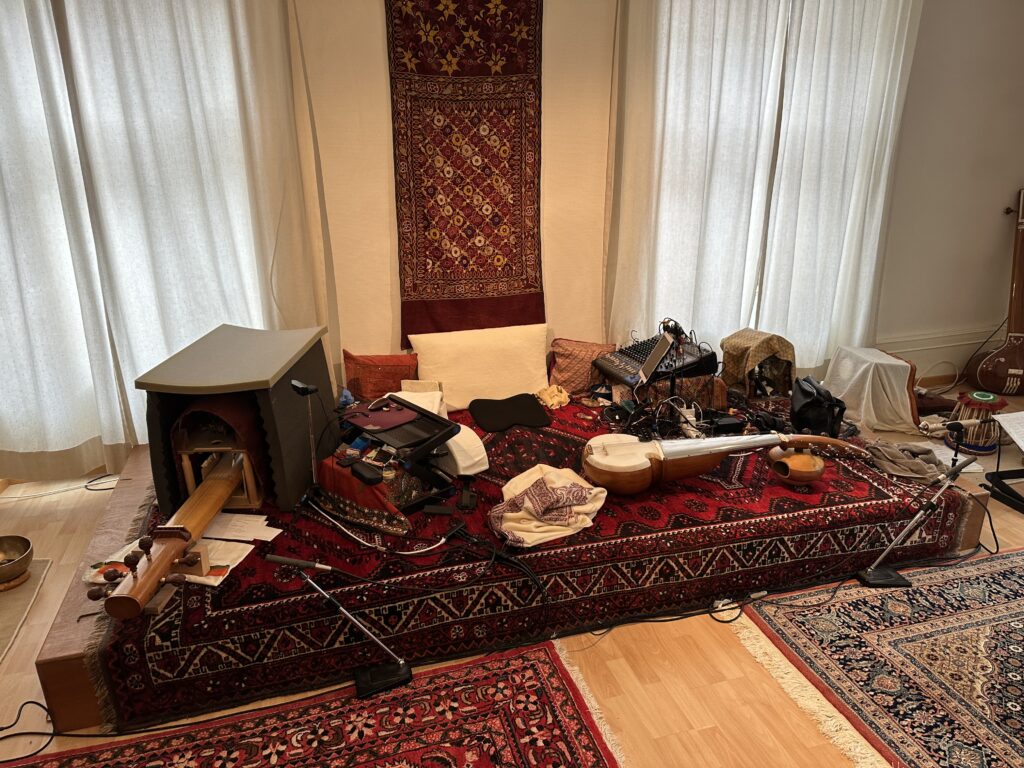

Basel is known as the cultural center of Switzerland and the meeting point of three countries — Switzerland, France and Germany. There’s a rocket-shaped monument on a peninsula that represents the tri-border, though the actual spot is about 500 feet away in the middle of the Rhine River. It reminded me of a famous attraction in Quito, Ecuador that claims to be exactly on the equator even though it’s really 790 feet down the road. When it comes to tourism, I’ve learned that truth is as pliable as a rubber band.
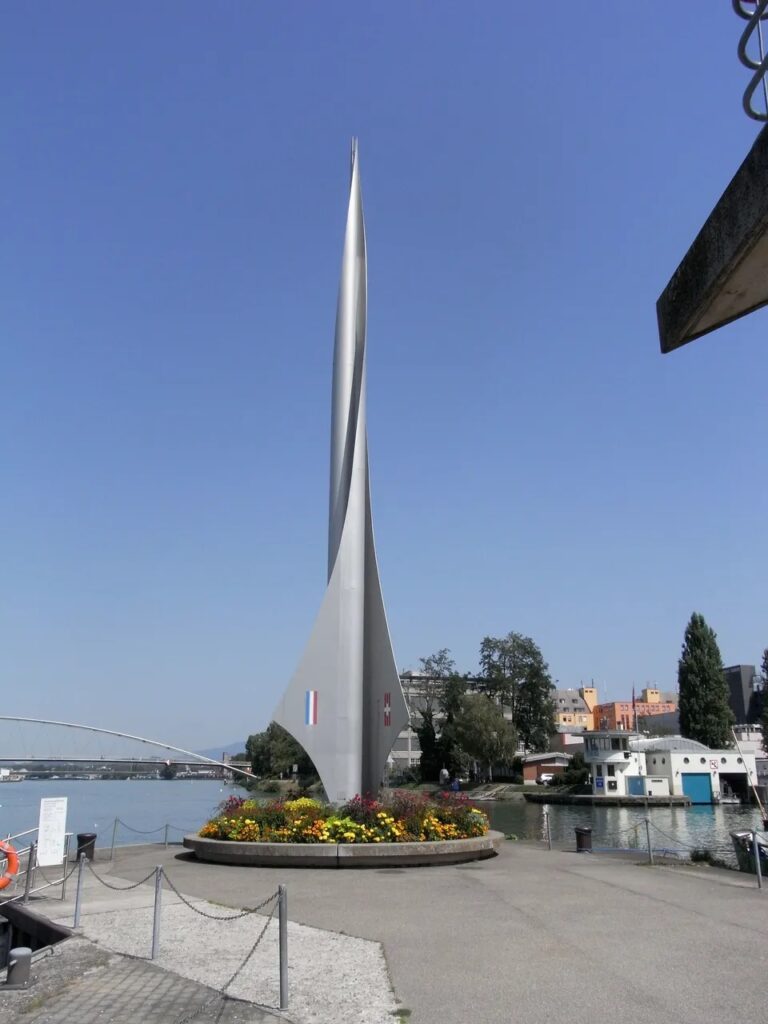
We spent our second day in Switzerland walking around the Old Town section of Zurich, where the narrow cobblestone streets are lined with fancy shops, boutique hotels, restaurants and bars. We also took a boat ride on Lake Zurich, where we passed a Lindt chocolate museum on the shore. Now that’s a museum I could spend an entire day in!
Then it was on to Slovenia via a short flight to the capital of Ljubljana, a charming capital city divided by the Ljubljanica River. On the day we arrived, there was an “Open Kitchen” by the river with booths serving ethnic food from around the world. I had Pad Thai in a paper tray while Pat had a panini with chicken, onions, cabbage and sriracha-spiced mayonnaise. For desert, we shared a plate of smorn, a shredded fluffy pancake topped with chocolate sauce or raspberry jam.
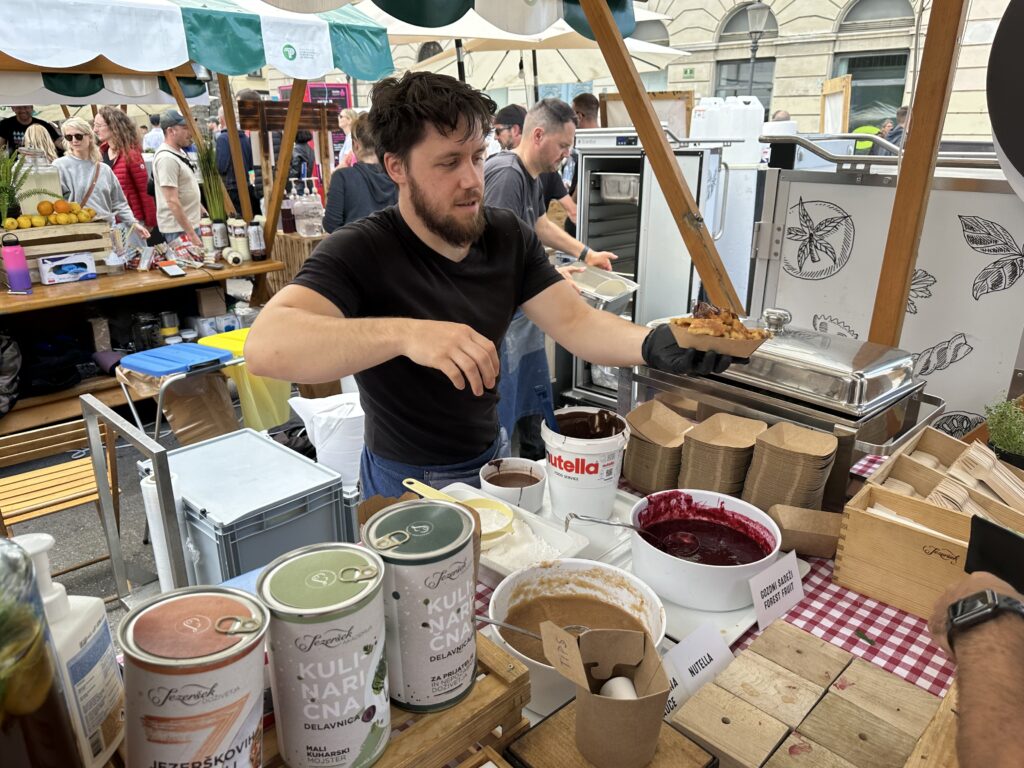
After lunch, we took a boat ride on the river that passed under the famous Dragon Bridge, which is decorated with four large dragon statues and 16 small ones at the base of the street lamps. Ljubljana is known as the City of Dragons and you see the mythical creatures everywhere, including on the jerseys of the local soccer team and the city’s coat of arms, which shows a dragon on top of Ljubljana Castle.

The following day, we did a guided walking tour of the city that included stops at statues of the country’s most famous poet (France Preseren) and most acclaimed architect (Joze Plecnik). There’s also an obelisk honoring Napoleon, who despite his checkered reputation is revered in Slovenia for promoting equality and instituting educational reforms. Later we passed a multilayered, 230-foot high building nicknamed “The Skyscraper,” once the tallest structure in the Balkans but now dwarfed by several hotels in Ljubljana.
Nearby, we met a man and his wife who were walking their pet ferrets on leashes. They also had special pouches to carry the ferrets. The husband said they were good pets as long as you didn’t get your fingers caught in their razor-sharp teeth. (Unlike those ferrets, most pet dogs we saw in Croatia were running free without leashes, though they did wear GPS-equipped collars.)

We rode a funicular up to Ljubljana Castle, where a children’s show in the courtyard featured dueling pirates. Inside we saw dank prison cells that once housed dangerous criminals and political prisoners. I also watched a 3D movie about the history of the castle that included realistic special effects such as the floor shaking during onscreen explosions and drizzle falling from the ceiling during rainy scenes.
That night, we attended a pipe organ concert by a Hungarian musician at Ljubljana Cathedral. He played Bach, Mendelssohn, Schumann and Liszt, but no Springsteen, whose current European concert tour unfortunately doesn’t include venues in Slovenia or Croatia. (Speaking of celebrities, Doncic’s Dallas Mavericks were playing the Oklahoma City Thunder in the playoffs during our visit and some local basketball fans stayed up to watch the games in the middle of the night due to the seven-hour time difference.)
The next day we traveled 34 miles to Bled, a scenic town known for its aqua blue lake and medieval castle. We took a boat to an island in the middle of the lake, where we rang a church bell in the chapel. The rope was so tight that it took us took us three attempts, much to the amusement of onlooking tourists. Back on shore we sat on a cafe terrace and ate a local specialty, Bled cream cake, flaky pastry with a custard-like filling.


Pat and I are animal lovers — we have two golden retrievers and a large koi pond — so we were excited to visit Zoo Park Rozman, an animal rescue farm outside Ljubljana that’s home to a menagerie of 200 tigers, bears, goats, elk, porcupines, sheep, wolves, boars, cows, ponies, camels, peacocks and chickens. The refuge, run by a middle-aged couple with the help of volunteers, was closed when we visited because of a bureaucratic battle with government regulators but we were allowed in because our guide was friends with the owner.
The owner told us a heartbreaking story about his bear Tim, who was shot by an intruder using a gun equipped with a silencer. Fortunately the bear survived, though he suffers from PTSD that makes him wary of strangers.
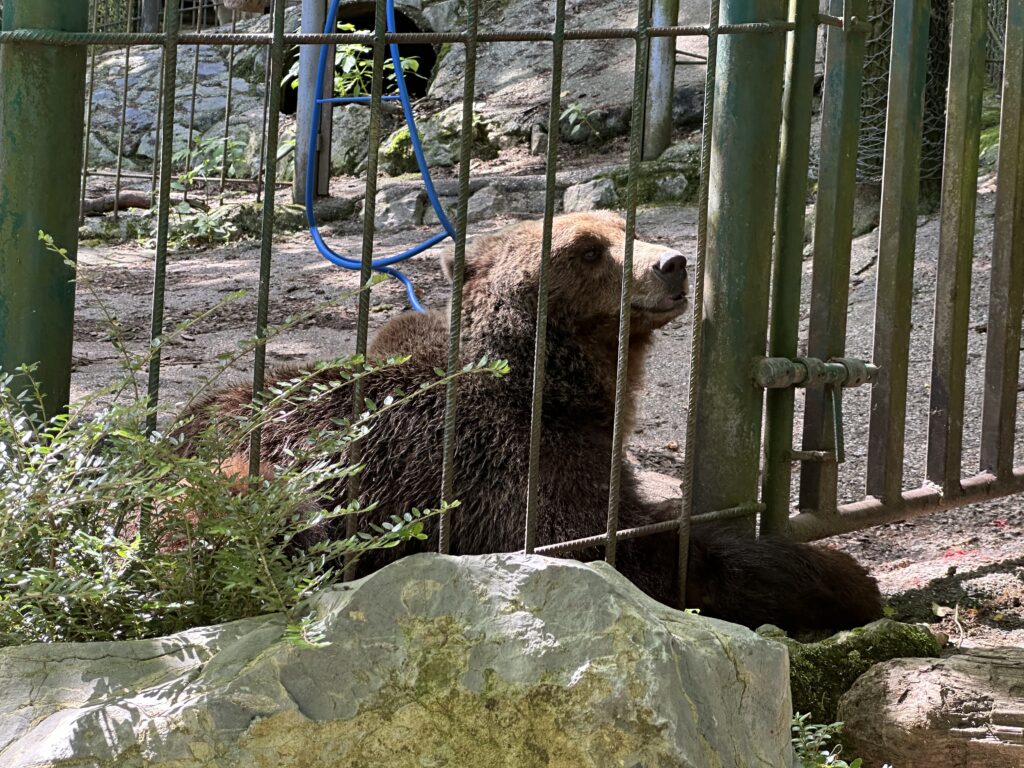
That afternoon we did olive oil and wine tastings, sampling two of the most popular products of the region. I’m not a big fan of olives or wine, but Pat loves them both and gave everything a five-star rating.
One of the highlights of our Slovenia trip was a visit to Postojna Cave and nearby Predjama Castle. Postojna is a 15-mile long karst cave with its own railway and an amazing array of colorful stalagmites and stalactites. It’s also the only cave in the world with its own post office and an aquarium with one olm, a blind salamander also known as the human fish because of its fleshy skin. Olms can live up to 100 years and can go 10 years without eating, a weight-loss diet that puts Atkins to shame.

Predjama is a 13th-century castle built into a cave. Erasmus of Lueg, a 15th-century robber baron, hid out there before being killed by cannon fire, supposedly while sitting on a toilet. (I wonder if his last words were “Oh shit!”) In modern times, it’s best known as the place where Jackie Chan almost died while filming “Armour of God” in 1986. Chan fell during a stunt, hit his head on a rock and fractured his skull, but like a real action hero he quickly recovered and finished the movie.
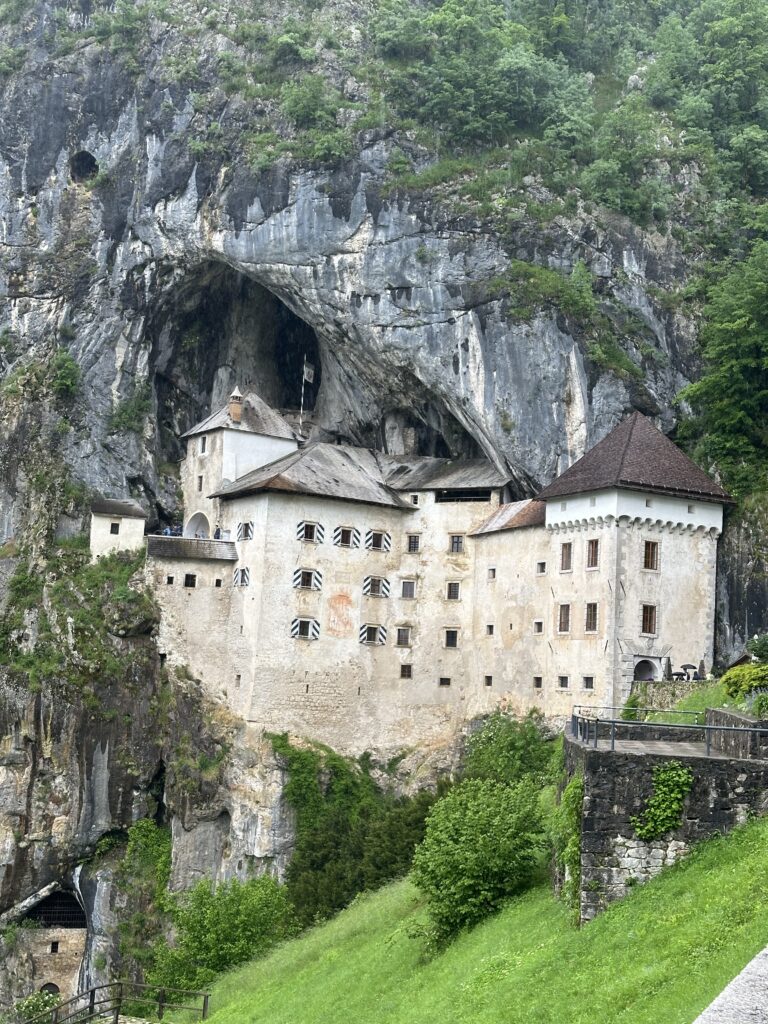
From there, it was a three-hour ride to Plitvice Lakes National Park in Croatia. The park has more than 90 waterfalls and 16 lakes, along with bears, wolves, lynx, foxes, beavers, otters, bats, owls and vipers. The main menaces in the park are chubs and other invasive fish that are gobbling up much of the native aquatic life.

Footnote: Our driver, Raymond, told us that he rides a Honda CBR-1000RR motorcycle that can go 185 mph. When I expressed interest in riding one, Pat mentioned the name of a prominent divorce lawyer.
En route to Split, Croatia’s second-largest city, we stopped at Bibich Winery for an over-the-top, nine-course wine tasting that included such delicacies as octopus with truffles, a cuttlefish purée and a raspberry-flavored pastry filled with elderberry cream. I stopped drinking years ago, but Pat encouraged me to partake of the various wines, leaving me so sloshed that I stumbled getting out of my chair.
Down the street from the winery we saw abandoned buildings damaged or destroyed during Croatia’s War of Independence against the Yugoslav army, which was controlled by Serbia. That war was part of a series of Balkan conflicts following the breakup of Yugoslavia, leading to the creation of the separate countries of Slovenia, Croatia, Macedonia, Montenegro, Serbia, and Bosnia and Herzegovina.
We saw little evidence of the war in Slovenia because that battle for independence lasted only 10 days. In Croatia, where the war lasted 4 1-2 years, there are constant reminders, including a church in Dubrovnik that still has a large hole in the wall that was struck by a missile during a bombardment on Dec. 6, 1991 that destroyed much of the city.
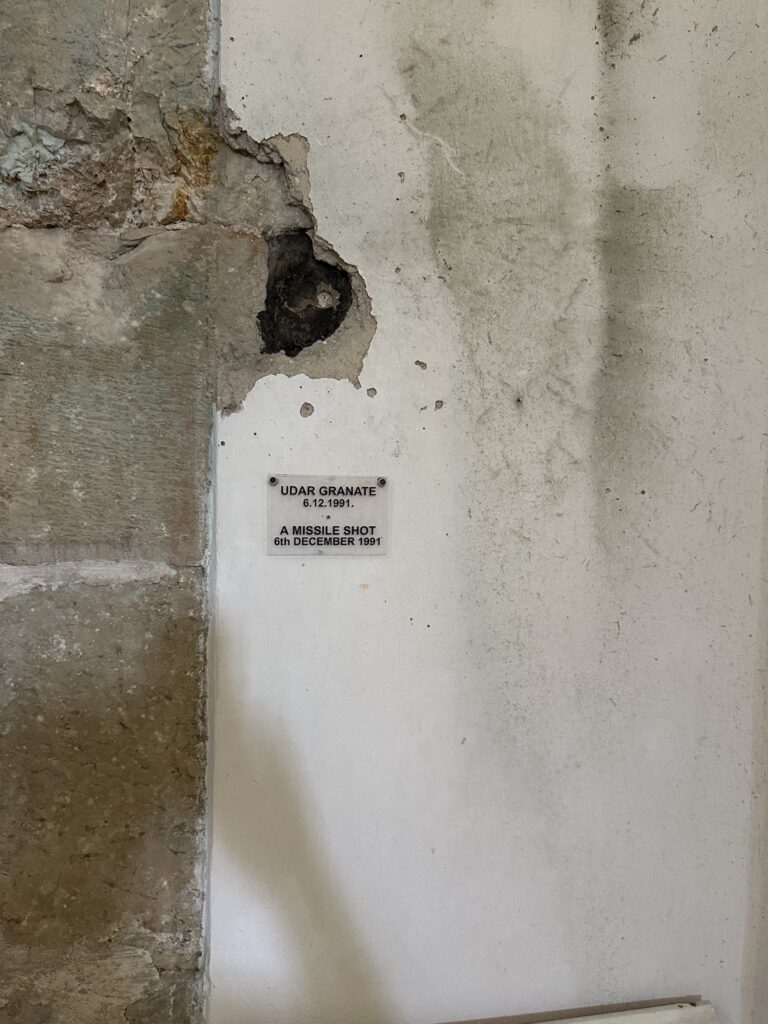
The following day, we went truffle hunting in a small village about a half-hour drive from Split, part of Croatia’s scenic Adriatic Coast. Our leader was Ivana, a former choreographer who studied drama in India and toured the world with a Bollywood show featuring a score by A.R. Rahman, who won two Oscars for his music in “Slumdog Millionaire.”
The stars of the hunt were a pair of truffle-sniffing dogs – Jin, a 5-month-old English pointer, and Freya, a 3-year-old Lagotto Romagnolo, an Italian breed that looks like a cross between a sheep dog and a goldendoodle. When the dogs smell a truffle, they immediately start digging for the prized underground mushrooms that can sell for $100 or more, depending on the size and quality. This was Jin’s first official outing with tourists, and he occasionally wandered off when distracted by animal smells.

Late that afternoon, Pat and I went to Trogir, a medieval island city about a half-hour from Split. It seems the place has almost as many churches and gelato shops as residents. It’s also reputedly the site of Europe’s first pharmacy, established in 1271. (I say reputedly because I later read that the Santa Maria Novella pharmacy in Florence has been around since 1221.)
Walking around the island, we spotted corners of walls that had been filled in with sloped bricks or cement. Our guide explained that these were “anti-pee” barriers built in the 1800s, designed to prevent drunken men from urinating on the walls. If they tried to pee on the slope, the urine would flow back onto their feet or legs, presumably convincing them to hold it in until they got home.
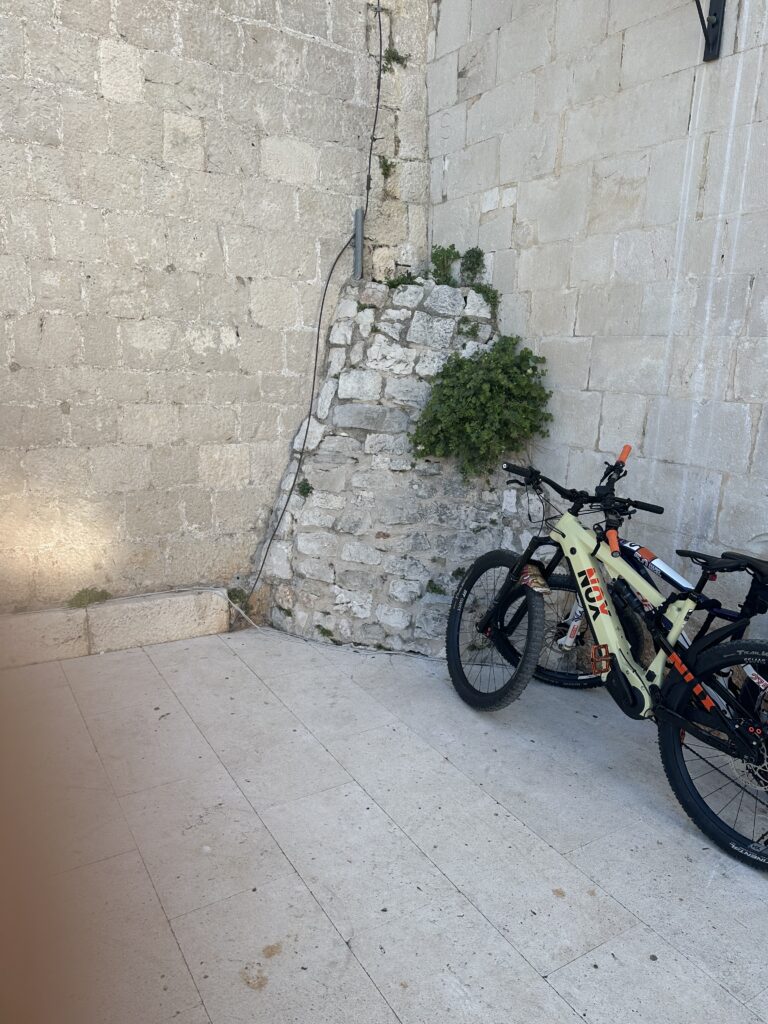
Croatia has more than 1,100 islands, and one of the most popular is Hvar, a one-hour ferry ride from Split. We toured the island on e-bikes, covering about 15 miles past dozens of olive groves, vineyards and citrus trees. Hvar is a favorite destination for the rich and famous; visitors have included Tom Cruise, Jackie Kennedy Onassis, Bill Gates, Bono, Beyonce, Prince Harry, Orson Welles, George Clooney, Steven Spielberg, Jodi Foster and Michael Jordan, who arrived on a mega yacht in 2021. Shockingly, I wasn’t hounded by paparazzi during our visit.

The focal point of Split’s Old Town is Diocletian’s Palace, built as a retirement home for the Roman Emperor at the end of the 13th century. Today it’s a mishmash of Roman, Greek, Venetian, Renaissance and Communist architecture, a reflection of the city’s various occupiers and dominators over the years. About 2,000 people live in apartments within the palace walls, but it’s impossible to change any of the exteriors because the whole place is a protected UNESCO site.

There’s a synagogue in the Old Town that dates back to 1510. We met an elderly Jewish man inside whose parents were sent to Italian prison camps during World War II. Today there are only a few hundred Jews left in Split, a city with a population of 180,000.
We then walked to Marjan, a hilly park that’s a popular recreational spot for locals, and climbed to the top to get a panoramic view of the city. (We ate and drank way too much on this trip but we also walked 6-7 miles a day, which prevented us from turning into blimps.)
Our final stop in Croatia was Dubrovnik, a historic picturesque city on the Adriatic. During our three-hour ride there, we crossed over a 3-year-old bridge to Peljesac peninsula, avoiding a border crossing into Bosnia and Herzegovina that, in the days before the bridge, could add an hour to the trip.
Before reaching Dubrovnik we stopped in the village of Ston for a lesson in oyster farming. Our host Dubo and his wife Manuela took us out on their fishing boat to the middle of a bay where they make their living catching oysters using plastic nets attached to small floating barrels. Each oyster lays millions of eggs but only a handful grow into edible food. We ate several plates of the scrumptious mollusks for lunch along with a huge bowl of mussels that also came from the bay.

In Dubrovnik we stayed at a hillside hotel with a fabulous view of the Adriatic. Below us, there was a rocky beach where sunbathers frolicked in the crystal clear saltwater. I went swimming there early one morning and had the whole place to myself. (The weather was spectacular during our two weeks in Croatia and Slovenia, usually sunny with temperatures in the low 70s and just an occasional shower.)

Dubrovnik is a city of steps — precisely 5,423 of them according to our guide. It seems like we walked all of them, especially when traversing the walls of the Old City, which reminded me a little of strolling on the Great Wall of China. At one point we saw an inscription scribbled on a church wall. It was dated 1597 and it warned that anyone bouncing a ball against the wall would die. Apparently local kids had just discovered an early version of soccer and the priests weren’t happy with the racket they were making next to the church.
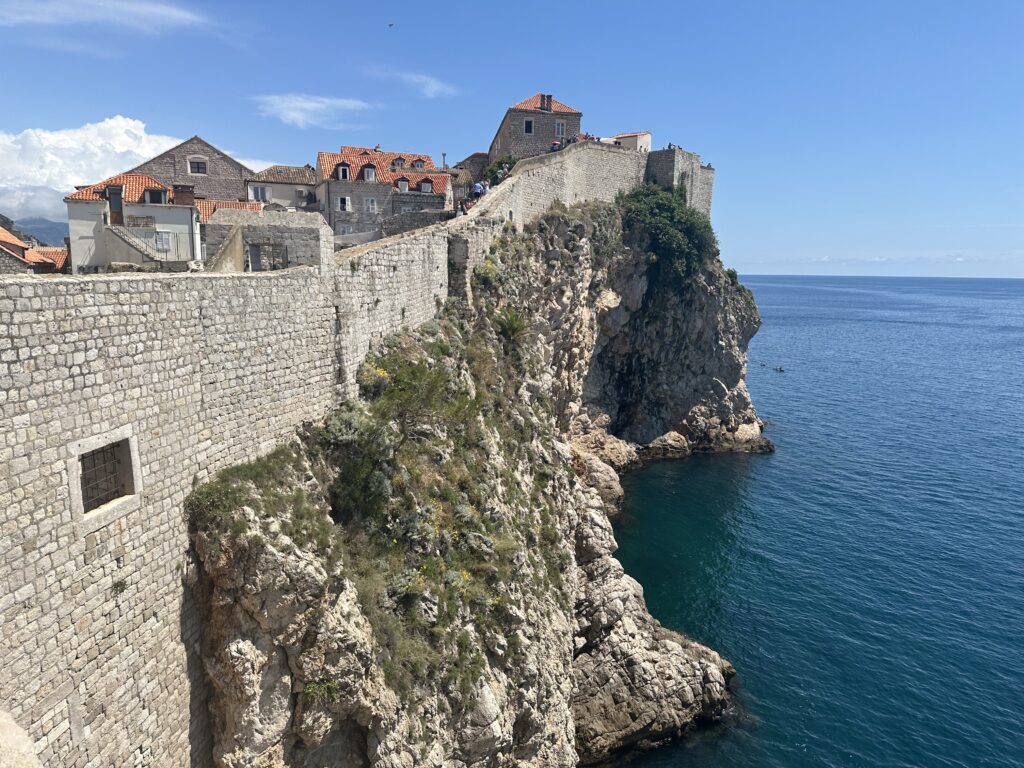
Three more strange but supposedly true stories from Dubrovnik, which was the center of an independent republic called Ragusa from 1358 to 1808:
1) After World War II, when parents were too poor to afford new clothes for their children, locals would throw cats in the air so they could grab other people’s garments hanging out to dry above the street.
2) Young boys used to hang around a church on Sunday mornings to watch girls walking up the stairs. The reason? The girls would hike up their dresses to avoid tripping, exposing their bare ankles to the sex-crazed boys. To stop this scandalous behavior, stone masons built barriers on the sides of the stairs.
3) At a 15th-century, church-run orphanage, mothers would drop off unwanted babies by placing them on a Lazy Susan built into an opening in the wall. That way, the woman could leave the baby without being seen.
One of the many statues in the Old City honors Marin Drzic, a 16th-century playwright known as Croatia’s Shakespeare. Drzic unsuccessfully plotted to overthrow Dubrovnik’s oligarchy and died in exile in Venice. Today it’s considered good luck to rub his statue’s nose. It’s also supposed to improve your writing skills, so I rubbed it twice!

There’s no need to buy water in Dubrovnik because you can always fill an empty bottle with fresh stuff from the city’s numerous fountains. Until the mid-20th century, the city got its water from an aqueduct constructed in the 1400s. Back then, they built things to last.
Lokrum is an uninhabited nature island just a 15-minute ferry ride from Dubrovnik. It’s got a monastery, a botanical garden, a small salty lake known as the Dead Sea, a nude beach and lots of strutting peacocks, some of which showed us the courtesy of fanning their striking blue and green feathers for our iPhone cameras. There’s also a steep uphill climb on the tree-lined “Path of Paradise,’’ which leads to a fort at the top that was built in the early 1800s. Whoever named the path probably never climbed it because doing so feels more like torture than paradise.

Sometimes Dubrovnik and the surrounding area feel like a “Game of Thrones” theme park. Parts of the HBO series were filmed there and reminders are everywhere, especially in gift shops peddling T-shirts, cups and hats adorned with the series logo. I succumbed only once to the “Games of Throne’’ mania, posing for a picture in the Iron Throne at an exhibit on Lokrum Island.

Although there were large crowds in all the cities we visited in Slovenia and Croatia, it would have been much worse had we gone during peak tourist season in July and August. Walking around the cramped old sections of Split and Dubrovnik during those months must be like riding a New York City subway during rush hour.
On our last day in Croatia, we visited the Mujo family farm in Lovorno, a village about 45 minutes southeast of Dubrovnik. Eighteen family members, including 14 living in one house, run a diverse tourist business that includes a guest house, cooking classes, bike rides and home-cooked meals featuring food and wine made from their own crops. In addition to growing oranges, peaches, cherries, grapefruit, figs and pomegranate, they raise chickens for eggs and make their own wine and olive oil.
Our cook, a family member named Nike (pronounced Neekay), taught us how to make a curly pasta called svrdla. At least she tried. I never mastered the hand-rolling technique, leaving my strips looking like mangled fingers.

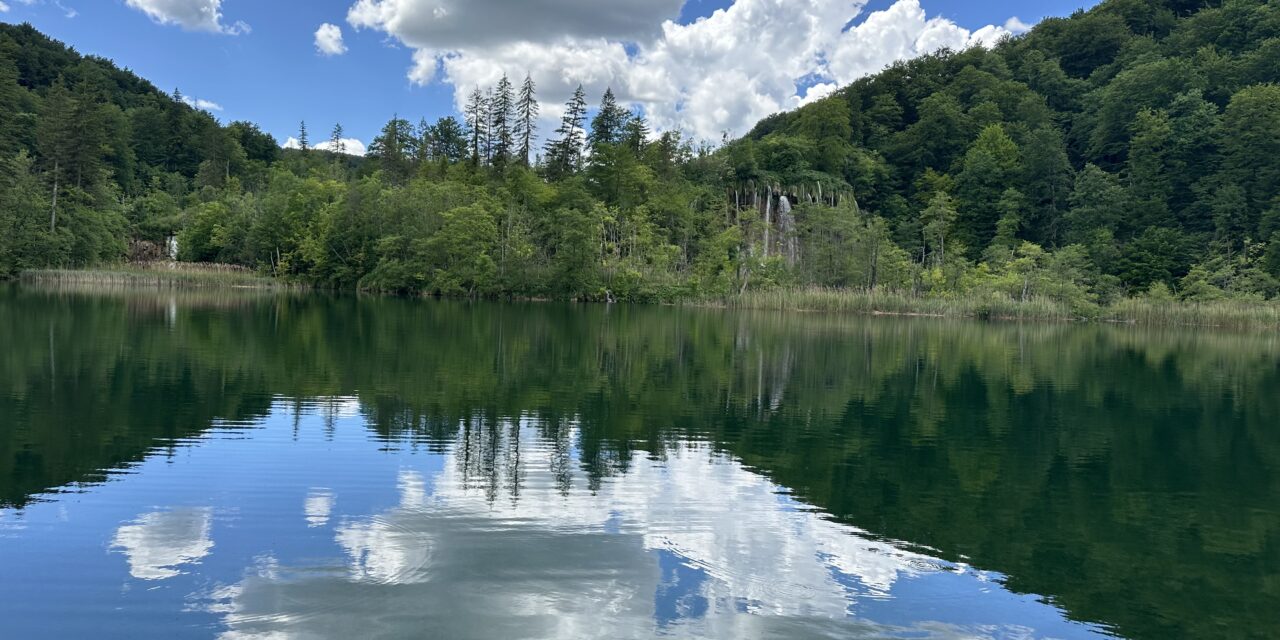
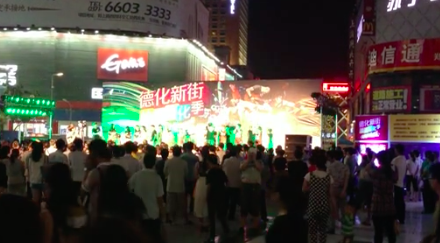
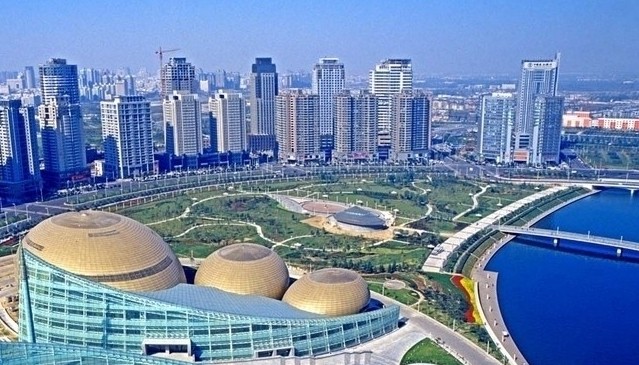
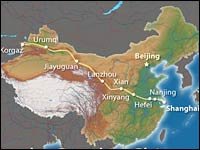
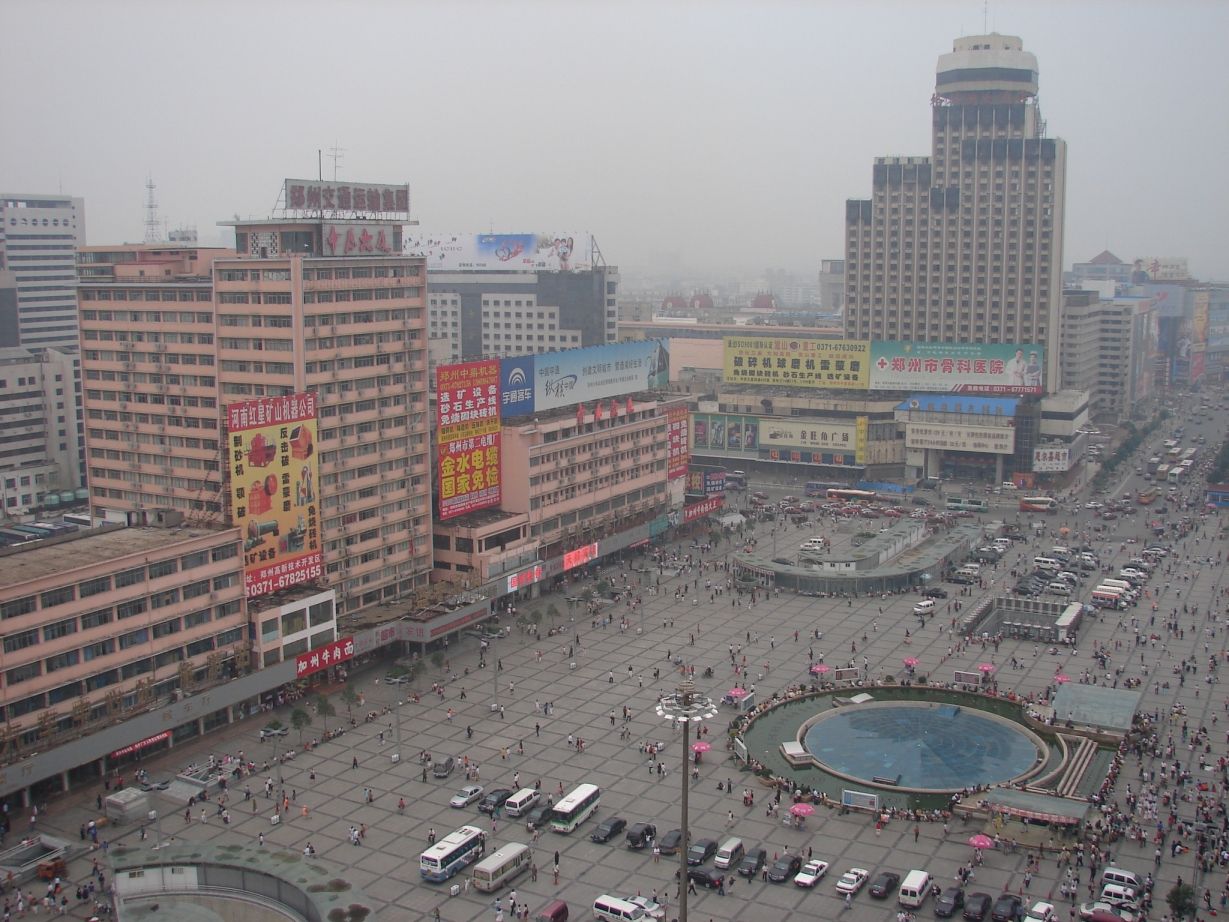
HI Rick, I always love your travel journals!!! Since we now have relatives in Slovenia, it was fun to read about it from your perspective!! Bill and Lucas went for my nephews wedding in Ljubljana , but I was unable to go. One of these days we will get there. I also love your anecdotes and stories, a really wonderful personal touch!!
On top of receiving photographs during the trip, this commentary adds so much to those pictures. I highly recommend visiting these countries, and also reading “Balkan Ghosts” by Robert Kaplan. Thank you Rick for taking the time to share your trip memories, get more people interested in these Balkan countries, and give some of us fond memories. And wow, you two look marvelous, yet you didn’t give us another picture of you swimming, like you did for the Antarctica trip. What’s up? Smile! Thanks much.
This was informative and a lot of fun, Rick. The pictures were great, too. I have to admit I’m jealous. Seems like an amazing trip.
looks like it was an amazing trip. Pictures are spectacular.
We are going to Croatia in the fall.